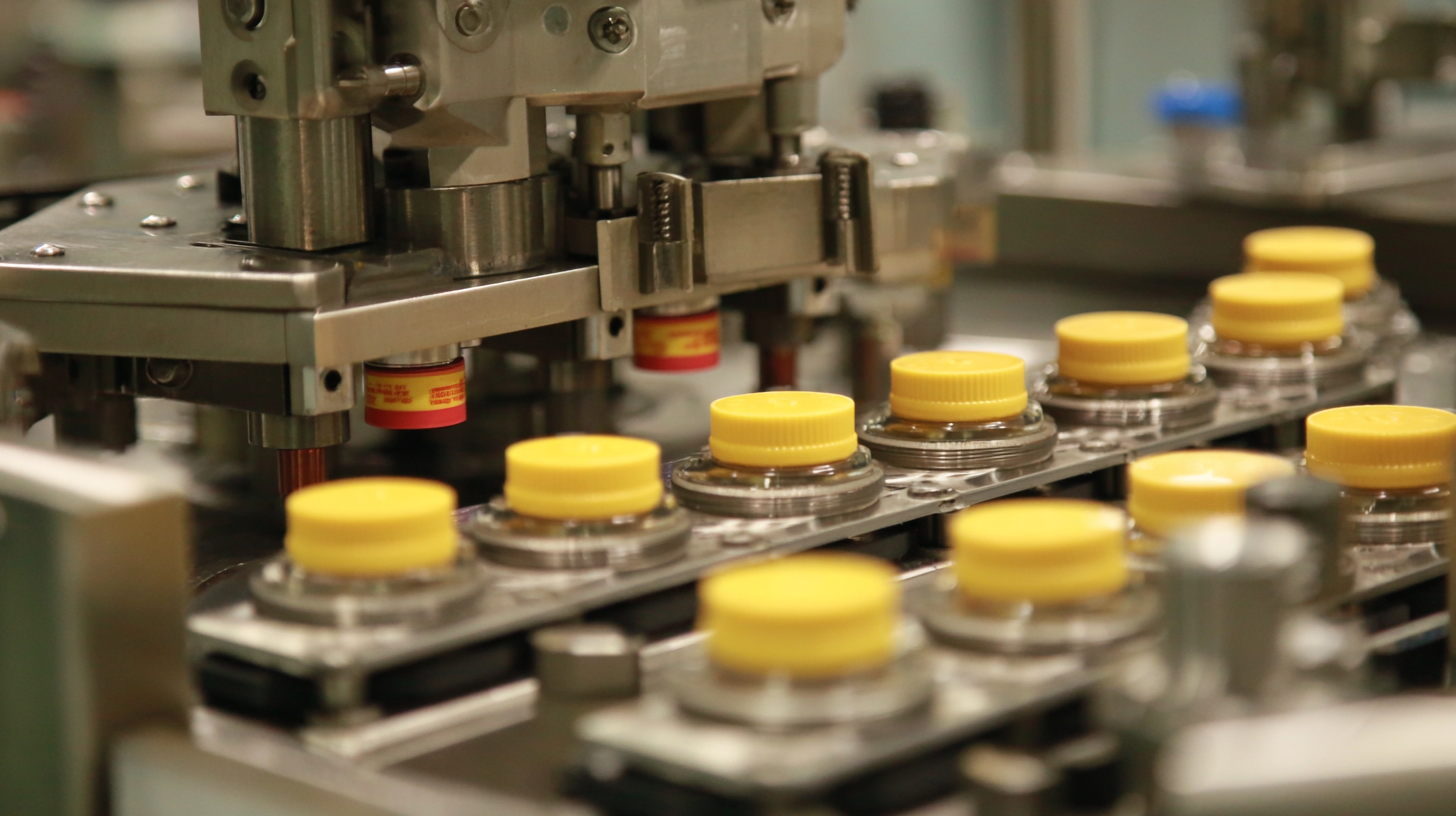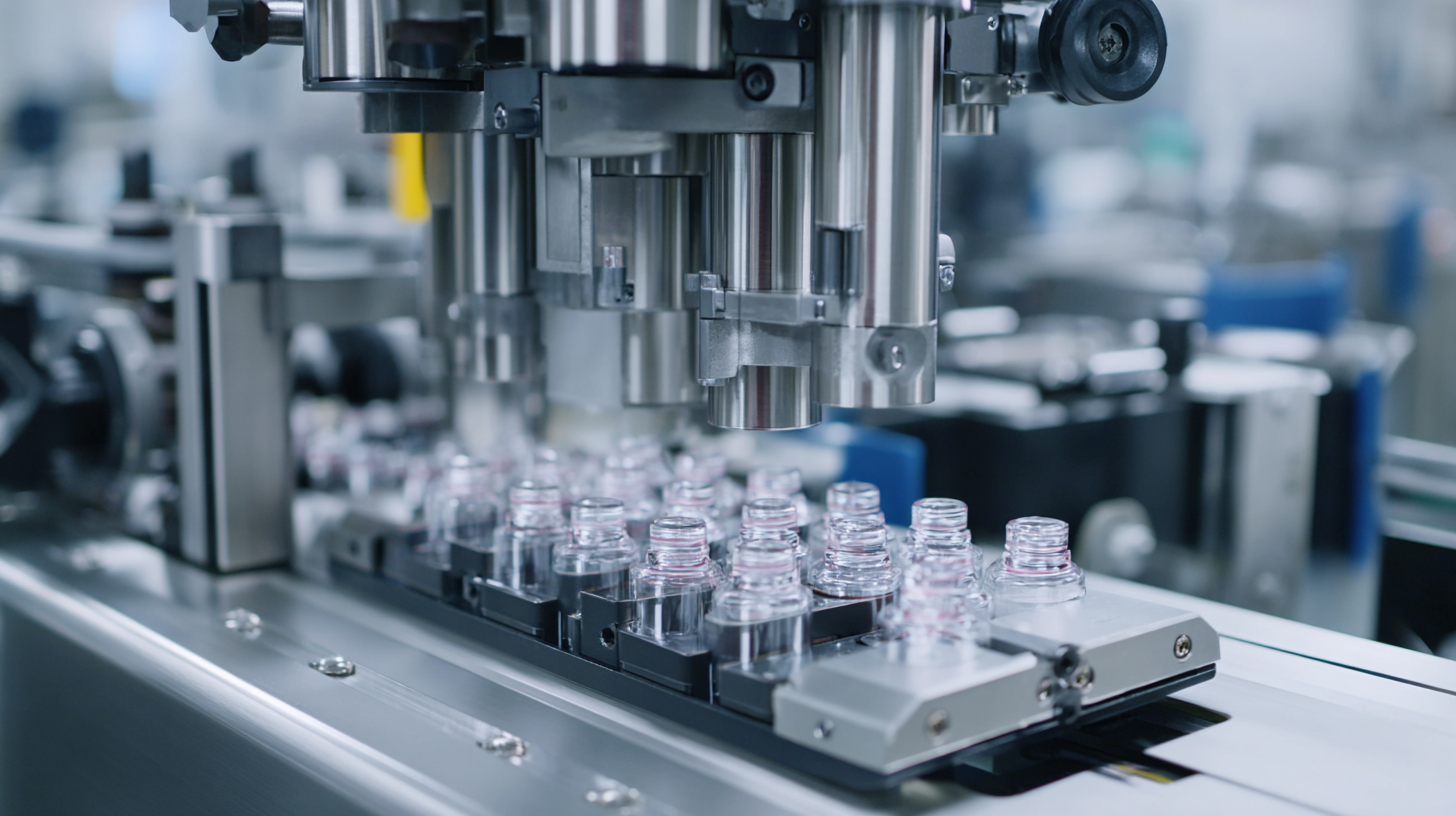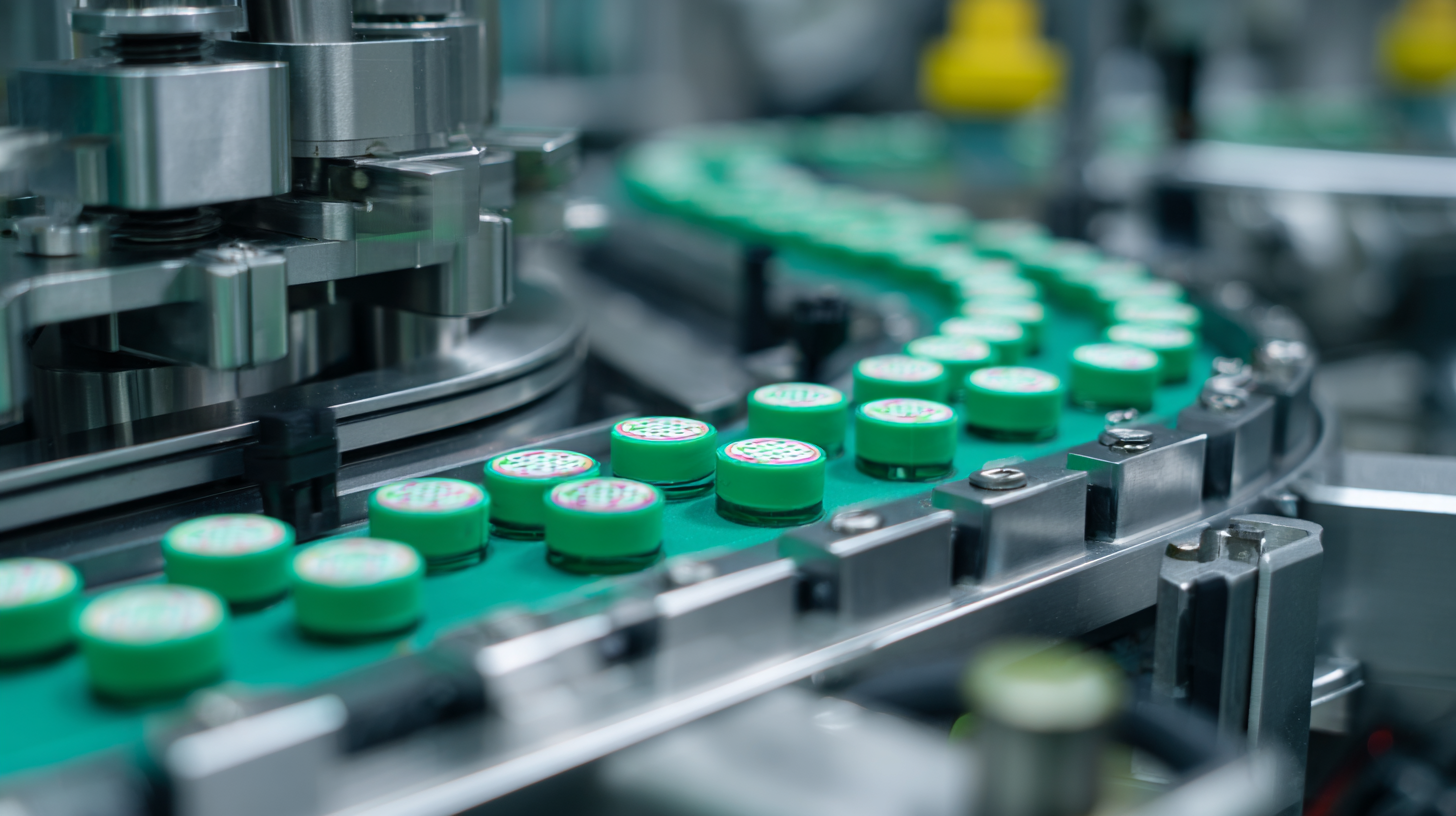
Blog
Exploring Characteristics and Applications of Best Blister Machines in Pharma Manufacturing
The pharmaceutical manufacturing industry is continuously evolving, driven by the need for efficiency, safety, and compliance with stringent regulations. Among the pivotal technologies facilitating this progress is the blister machine pharma, which plays a crucial role in the packaging process of solid dosage forms like tablets and capsules.
According to a report by Grand View Research, the global pharmaceutical packaging market is expected to reach USD 1.14 trillion by 2025, with blister packaging accounting for a significant share due to its benefits in product protection, shelf life extension, and user convenience.
As the demand for high-quality and cost-effective packaging solutions intensifies, understanding the characteristics and applications of the best blister machines becomes essential for manufacturers aiming to optimize production and enhance product integrity. This blog will delve into key features, technological advancements, and practical tips for selecting the most effective blister machine for pharmaceutical applications.

Exploring the Advantages of Alternative Blister Packaging Solutions in Pharma
Alternative blister packaging solutions are gaining traction in the pharmaceutical industry due to their innovation and efficiency. Traditional blister packaging, while effective, often faces challenges such as high production costs and environmental concerns. In response, companies are exploring alternative materials, such as biodegradable films and tamper-evident designs, which not only reduce waste but also enhance product safety. These advancements allow pharmaceutical manufacturers to meet regulatory requirements while appealing to environmentally conscious consumers. Moreover, alternative blister packaging solutions can improve the overall user experience by enabling easier access to medications. Innovative designs, like peelable and perforated blisters, enhance convenience for patients, especially the elderly or those with limited dexterity. Additionally, the integration of smart technology, such as QR codes or NFC tags embedded in packaging, can provide valuable information and reminders for medication adherence, ultimately leading to better health outcomes. As the pharmaceutical landscape continues to evolve, embracing these alternative packaging solutions will be crucial for manufacturers aiming to optimize both production efficiency and customer satisfaction.
Comparative Analysis of Different Types of Blister Machines in Pharmaceutical Production
The pharmaceutical blister packaging market is witnessing significant growth, propelled by the increasing demand for efficient and reliable packaging solutions. According to a recent report by Business Research Industry, the global blister packaging market is projected to reach approximately USD 46.65 billion by 2034, growing at a robust CAGR of 7.72%. This growth trajectory emphasizes the critical role that blister machines play in pharmaceutical production, as they ensure product safety and integrity.
Different types of blister machines cater to various packaging needs, each with distinct characteristics and applications. For instance, high-speed rotary blister machines are ideal for large-scale productions due to their efficiency, while continuous motion blister machines are designed for flexibility in various product formats. The demand for these machines is underscored by an expected increase in the blister packaging market size, which is set to reach USD 47.44 billion by 2032. This trend highlights the growing importance of strategic investments in research and development to enhance technology, ensuring that pharmaceutical manufacturers can keep pace with evolving market demands.
Sustainability in Blister Packaging: Eco-friendly Alternatives for Pharma Manufacturing
In the pharmaceutical manufacturing industry, blister packaging plays a crucial role in ensuring the safety and integrity of medications. However, with increasing awareness of environmental issues, there is a pressing need for sustainable alternatives to traditional blister packaging. Eco-friendly materials such as biodegradable films and recyclable plastics are making their way into the market, providing manufacturers with viable options that reduce their carbon footprint. These materials not only meet regulatory standards but also appeal to a growing consumer base that values sustainability.

The integration of these eco-friendly alternatives not only supports environmental goals but also enhances the overall appeal of pharmaceutical products. Companies adopting sustainable blister packaging can improve their brand image and attract environmentally conscious consumers. Furthermore, innovative technologies in the design and production of blister machines allow for efficient manufacturing processes without compromising the integrity of the packaging. By embracing sustainable practices, the pharma industry can lead the charge towards a greener future while ensuring that product safety and efficacy remain at the forefront.
Innovative Features of Next-Gen Blister Machines for Enhanced Efficiency
The rapid evolution of blister machine technology has led to innovative features that significantly enhance efficiency in pharmaceutical manufacturing. Next-gen blister machines now incorporate advanced automation, allowing for precise control of production processes. This shift not only reduces human error but also improves the consistency and quality of packaging. Manufacturers can expect to streamline operations, reduce cycle times, and minimize waste—all vital for maintaining competitiveness in today's fast-paced market.
Tips for maximizing the potential of these advanced blister machines include investing in regular training for operators and ensuring maintenance schedules are strictly followed. A well-trained team can leverage the machine’s capabilities fully, while consistent upkeep is essential for optimal performance and longevity. Additionally, employing real-time monitoring systems can help identify bottlenecks and inefficiencies, allowing for quick adjustments to keep production flowing smoothly.
Another remarkable feature of next-gen blister machines is their flexibility in accommodating varied product shapes and sizes. This adaptability allows manufacturers to quickly pivot between different product lines without extensive downtime. To make the most of this advantage, consider implementing a modular setup that can easily adjust to different production needs, ensuring you remain agile in a constantly changing industry landscape.
Exploring Characteristics and Applications of Best Blister Machines in Pharma Manufacturing
| Feature | Description | Benefits | Application |
|---|---|---|---|
| High-Speed Production | Machines capable of producing up to 300 blisters per minute. | Increased throughput leading to reduced production costs. | Mass production of pharmaceuticals and supplements. |
| User-Friendly Interface | Touchscreen controls with easy navigation. | Reduced training time and operator errors. | Pharmaceutical and nutraceutical packaging operations. |
| Energy Efficiency | Utilizes advanced motors and energy-saving technologies. | Lower operational costs and reduced environmental impact. | Applicable in all production environments. |
| Flexible Sizing | Adjustable formats to accommodate different blister sizes. | Versatile for various products including tablets and capsules. | Custom packaging requirements across sectors. |
| Automated Quality Control | Integrated systems for real-time inspection and validation. | Enhanced product safety and compliance with regulations. | Critical for pharmaceuticals with stringent quality standards. |
Case Studies: Successful Implementation of Alternative Blister Technologies in Pharma
 In recent years, the pharmaceutical industry has increasingly embraced alternative blister technologies to enhance production efficiency and ensure product integrity. Case studies showcasing successful implementations reveal a trend toward integrating advanced materials and smart design features that cater to the unique demands of various medications. One notable example is a leading pharmaceutical firm that adopted cold-form blister packaging for its highly sensitive products. This technique not only improved barrier protection against moisture and light but also reduced production waste, leading to significant cost savings.
In recent years, the pharmaceutical industry has increasingly embraced alternative blister technologies to enhance production efficiency and ensure product integrity. Case studies showcasing successful implementations reveal a trend toward integrating advanced materials and smart design features that cater to the unique demands of various medications. One notable example is a leading pharmaceutical firm that adopted cold-form blister packaging for its highly sensitive products. This technique not only improved barrier protection against moisture and light but also reduced production waste, leading to significant cost savings.
Another case study highlights the use of thermoforming technology by a mid-sized biotech company. By incorporating this innovative approach, the company achieved faster cycle times and greater flexibility in design, allowing for more complex shapes and sizes for their drug formulations. The ability to customize blister packs quickly also enabled them to respond effectively to changing market demands and regulatory requirements. These examples underscore the importance of adopting alternative blister technologies in streamlining pharmaceutical manufacturing processes while enhancing product safety and patient compliance.



